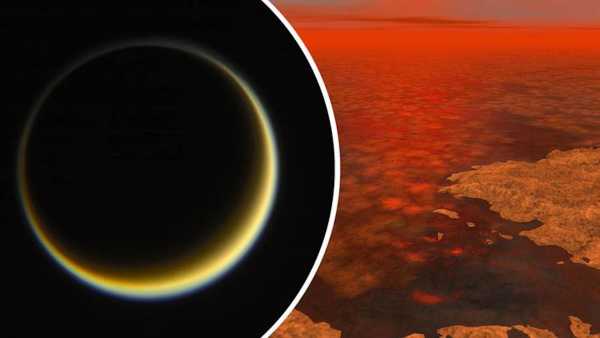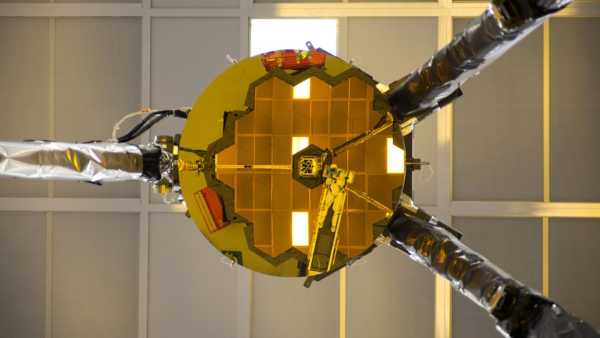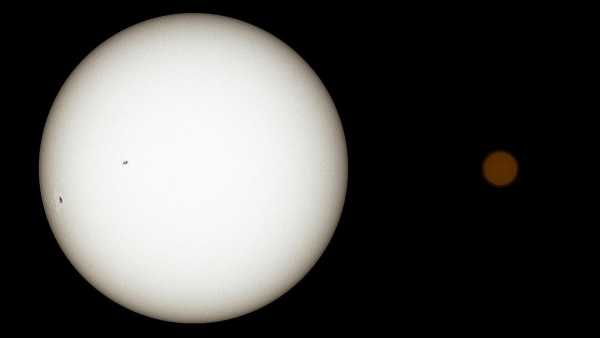
Trappist-1, shown here with the Sun for scale, has been targeted to search for extraterrestrial signals. (Image credit: CactiStaccingCrane)
TRAPPIST-1 is a red dwarf star located about 40 light years away. The system contains seven Earth-sized rocky planets, at least three of which orbit in the habitable zone, where liquid water could potentially exist. This makes it one of the most Solar System-like exoplanets, and TRAPPIST-1e is considered one of the best potentially habitable exoplanets. The system’s proximity and the presence of many potentially habitable worlds make it an ideal target for searching for technologically advanced civilizations.
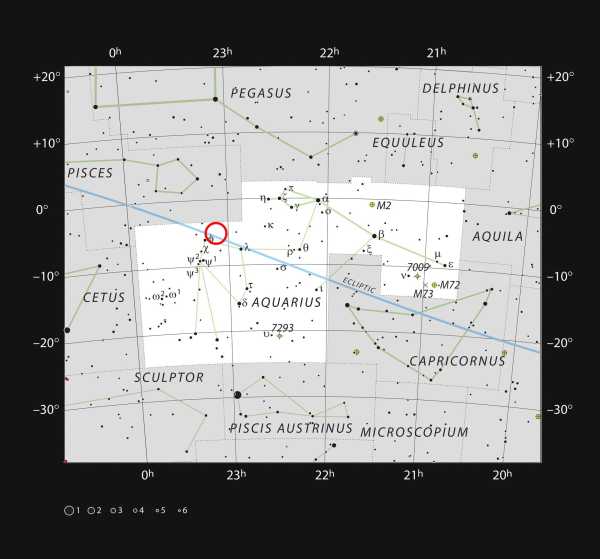
The red circle shows the location of Trappist-1 in the constellation Aquarius.
The research team conducted the search using the Five-hundred-meter Aperture Spherical Telescope (FAST), taking advantage of its unprecedented sensitivity. The observations consisted of five independent L-band measurements, each with a 20-minute integration, over a period of 1.67 hours. The frequency range spanned from 1.05 to 1.45 GHz with a spectral resolution of about 7.5 Hz, allowing the detection of extremely weak radio signals that could indicate the presence of alien technology.
A team of scientists led by Guan-Yuan Sun of Dezhou University in China looked for very precise radio frequencies that changed slowly over time due to the movement of the planets.
You may like
-

Fifth Planet Discovered Orbiting Nearby Star May Be in Habitable Zone
-

'JWST's most important discovery to date': James Webb spots – then loses – giant planet orbiting in the habitable zone of our nearest Sun-like star.
-
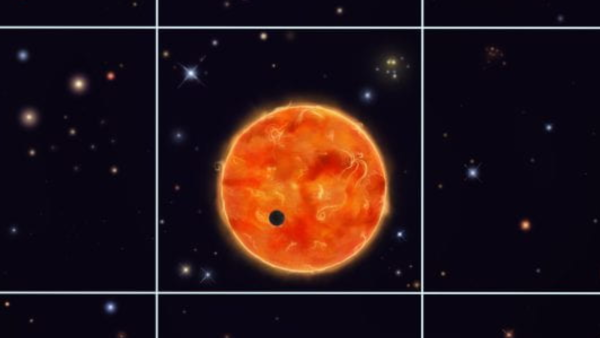
Bad news for alien life? Earth-sized planets may be less common than we thought.
Such signals are nearly impossible to obtain naturally, and they strongly suggest that they are artificially generated by an advanced civilization. Using the FAST configuration, the researchers were able to detect radio signals as powerful as 2.04×10^10 W. This means that they were able to detect weaker signals than any previous study. If aliens regularly transmit radio signals at a certain frequency, then this study has a higher probability of detecting them than previous attempts.

A 500m aperture spherical radio telescope located in Guizhou Province, China.
Unfortunately, the search did not find any convincing evidence of alien technology. However, far from being disappointing, this result provides valuable scientific information. It sets upper limits on the presence of certain types of alien transmitters in the TRAPPIST-1 system and demonstrates the remarkable capabilities of modern SETI searches.
RELATED STORIES
— Potentially habitable planet TRAPPIST-1b may have an atmosphere rich in carbon dioxide.
— Will the James Webb telescope lead to alien life? Scientists say we're getting closer than ever.
—Cosmic rays may help support alien life on planets outside the 'Goldilocks zone'
It may be years or even decades before we can completely rule out life in the TRAPPIST-1 system, but at least for now it remains an attractive target for future SETI research. The team plans to expand the search to detect other types of signals, including periodic or short-lived transmissions that may be missed by existing methods.
The search for extraterrestrial intelligence remains one of the most profound scientific endeavors, with the potential to revolutionize our understanding of our place in the universe. As we continue to peer into the cosmos with ever greater precision, we are not just searching for aliens, but taking the first steps toward what may be the most important moment in human history.
Mark ThompsonDiscovery News
You must verify your public display name before commenting.
Please log out and log back in. You will then be prompted to enter a display name.
Exit Read more

Fifth Planet Discovered Orbiting Nearby Star May Be in Habitable Zone

'JWST's most important discovery to date': James Webb spots – then loses – giant planet orbiting in the habitable zone of our nearest Sun-like star.
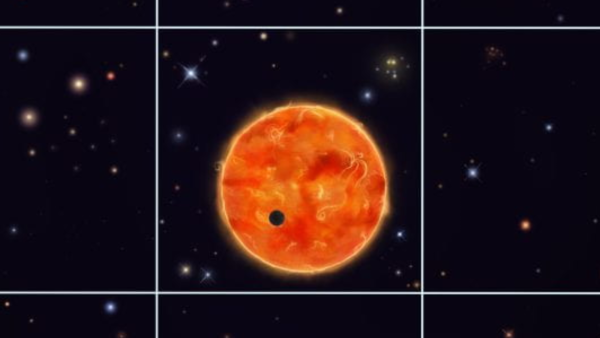
Bad news for alien life? Earth-sized planets may be less common than we thought.

James Webb Telescope Captures Brightest FRB Ever Recorded

Where in our solar system could alien life exist?
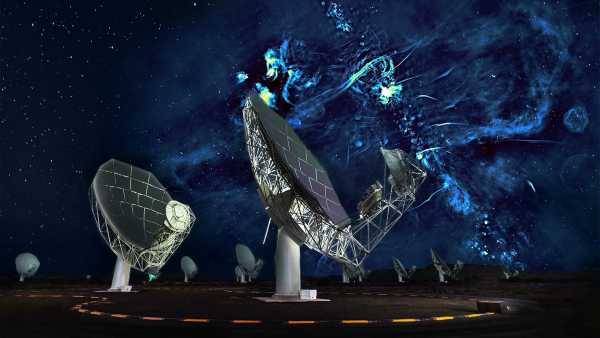
Giant Radio Telescope in Nevada Desert Could Reveal Hidden Recesses of Space and Entirely New Physics
Latest news about extraterrestrial life
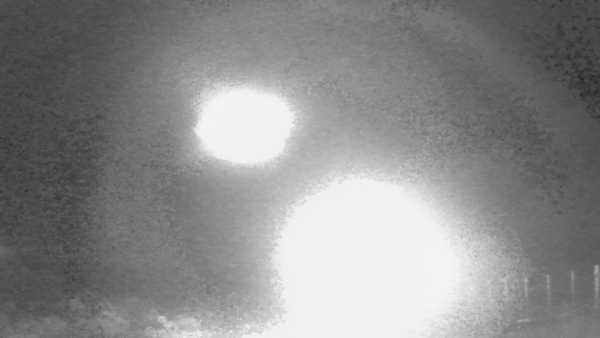
A camera trap in Chile has captured strange lights flashing in the wild. Researchers are trying to explain them.

Where in our solar system could alien life exist?

Will the James Webb Telescope finally lead us to alien life?

Cosmic rays may help support alien life on planets outside the 'Goldilocks zone'
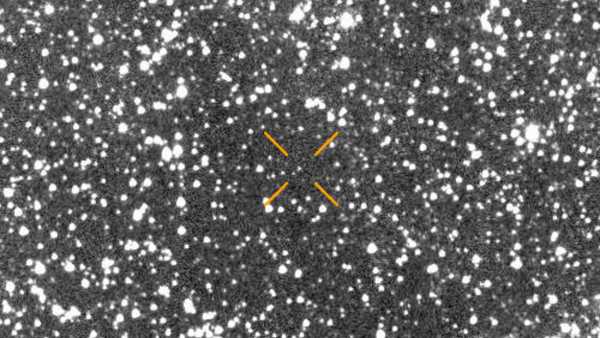
The controversial article raises the question of whether the interstellar visitor 3I/ATLAS is “possibly hostile” alien technology in disguise.

Aliens: Facts About Extraterrestrial Life and How Scientists Are Looking for It
Latest news
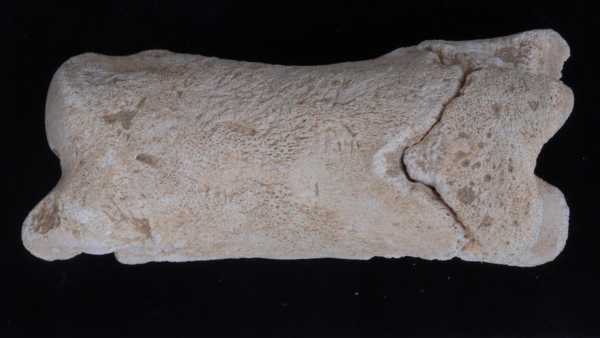
A 3,300-year-old ancient Egyptian whistle was likely used by a policeman tasked with guarding the 'sacred site' of a royal tomb.

Have you gotten the COVID vaccine this year?
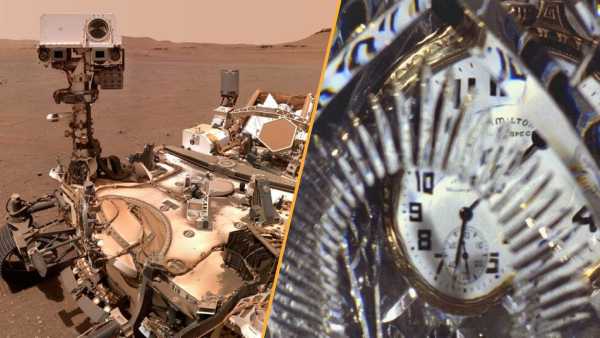
This week's science news: NASA finds compelling evidence of life on Mars, and scientists invent visible time crystals.

Astronomers use rare 'double zoom' to see black hole's corona in unprecedented detail

Bolivia's 350-Year-Old Mummified Head Is Not What It Seems
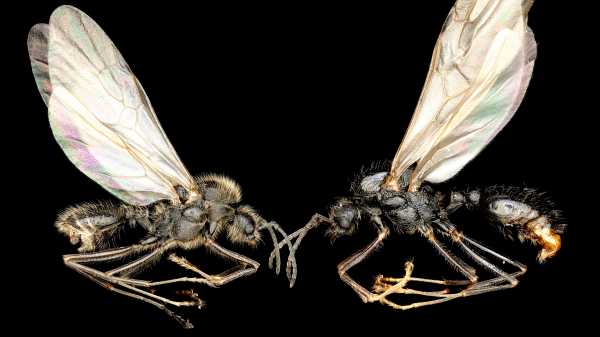
'Almost like science fiction': European ant is the first known animal to clone members of another species.
LATEST ARTICLES

1James Webb Space Telescope's 'Starry Mountaintop' Could Be Observatory's Best Image to Date – Space Photo of the Week
Live Science is part of Future US Inc., an international media group and leading digital publisher. Visit our corporate website.
- About Us
- Contact Future experts
- Terms and Conditions
- Privacy Policy
- Cookie Policy
- Accessibility Statement
- Advertise with us
- Web Notifications
- Career
- Editorial Standards
- How to present history to us
© Future US, Inc. Full 7th Floor, 130 West 42nd Street, New York, NY 10036.
var dfp_config = { “site_platform”: “vanilla”, “keywords”: “type-news-daily,type-crosspost,exclude-from-syndication,serversidehawk,videoarticle,van-enable-adviser-
Sourse: www.livescience.com


